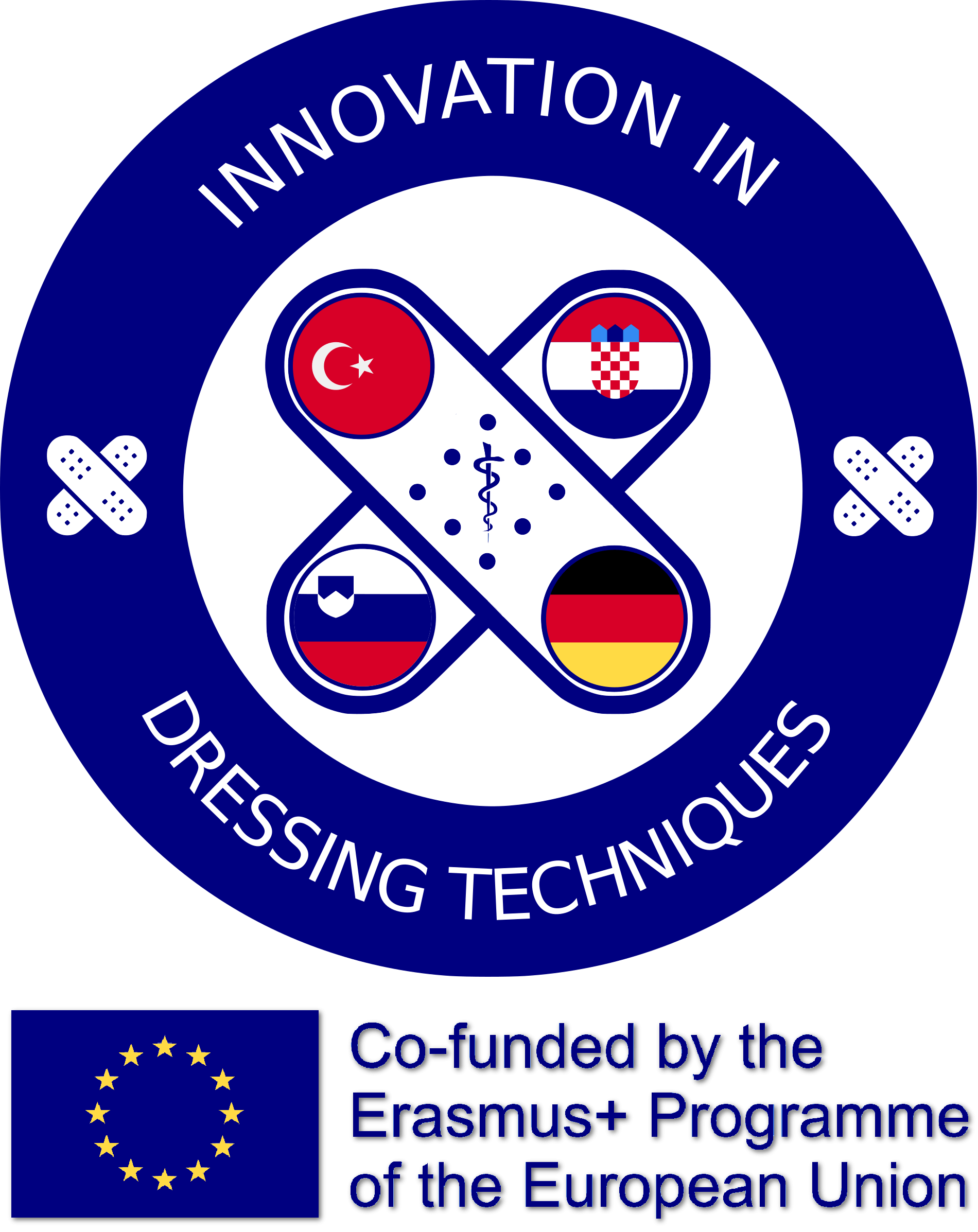-
Unlocking the Future – How Quantum AI is Revolutionizing Technology and Business
-
Understanding Quantum AI’s Core Mechanics
-
What Are the Fundamental Principles of Computing?
-
Differences Between Quantum Machine Learning and Classical Approaches
-
Transformative Applications in Data Processing
-
Enhancing Big Data Analytics with Quantum AI
In recent years, an intriguing fusion of advanced computation and artificial intelligence has emerged, poised to transform multiple sectors at an unprecedented quantum ai app pace. The marriage of these sophisticated domains promises to tackle problems previously deemed insurmountable, fundamentally altering paradigms of innovation and operational efficiency.
Current applications in finance demonstrate how algorithmic trading models now leverage these cutting-edge principles. By analyzing vast datasets in real-time, financial institutions can identify market patterns quicker than ever before. This not only enhances investment strategies but also minimizes risks associated with volatility, potentially leading to increased profitability.
Moreover, in healthcare, the remarkable capabilities of this advanced computational framework are being harnessed to expedite drug discovery and optimize treatment plans. Using machine learning models driven by quantum principles, researchers can predict molecular interactions with extraordinary accuracy, thus significantly reducing the time and cost associated with bringing new therapies to market.
However, realizing the full potential of this synergy requires strategic collaboration among stakeholders within various sectors. Emphasizing education and workforce development in quantum sciences will be crucial for organizations to remain competitive. As this frontier continues to evolve, staying abreast of ongoing developments will enable businesses to harness its advantages effectively.
Understanding Quantum AI’s Core Mechanics
At the nexus of advanced computation and artificial intelligence, quantum algorithms harness principles of quantum mechanics to perform tasks beyond classical capabilities. Central to this paradigm are quantum bits, or qubits, which can exist simultaneously in multiple states due to superposition. This characteristic permits exponential information processing potential compared to traditional binary bits.
Entanglement is another pivotal feature that strengthens the computational prowess of qubits. When qubits become entangled, the state of one instantaneously influences the state of another, regardless of distance. This trait enables complex problem-solving that classical systems find insurmountable, such as optimization challenges and large-scale data analysis.
Applications span various domains, including cryptography, where quantum algorithms can break conventional encryption standards, prompting the development of quantum-resistant protocols. Additionally, enhancements in machine learning frameworks can be achieved as quantum models rapidly analyze vast datasets, recognizing patterns at unprecedented speeds.
Implementing quantum-enhanced algorithms necessitates familiarity with hybrid systems that integrate classical and quantum computing resources. Techniques such as quantum annealing and variational quantum eigensolvers exemplify practical pathways to leverage quantum capabilities, allowing industries to tackle intricate problems more effectively.
Proximity to breakthroughs hinges on investment in research partnerships and talent acquisition skilled in both quantum physics and machine learning. Organizations must also navigate challenges related to noise and decoherence in qubit manipulation, requiring innovative error correction methods to maintain computational integrity.
Envisioning a competitive edge calls for progressive strategies that blend these advanced methods into existing frameworks. Adopting these innovations can lead to significant advancements across sectors, making education and collaboration among interdisciplinary teams vital for success.
What Are the Fundamental Principles of Computing?
The realm of computation is governed by several key principles that define its architecture and operation. Understanding these foundational concepts is crucial for harnessing computational power effectively.
Firstly, the binary numeral system serves as the core framework for data representation. All information, whether text, images, or multimedia, is encoded using combinations of bits, which can only exist in two states: 0 and 1. This simplicity facilitates complex processing and storage capabilities.
Next is the abstraction hierarchy, which simplifies interactions with computational systems. From hardware abstractions in the form of transistors to high-level programming languages, each layer allows developers to focus on problem-solving rather than hardware intricacies.
Algorithmic efficiency stands as another cornerstone. Algorithms, defining step-by-step procedures for solving problems, can be evaluated based on their time and space complexity. The big O notation provides a way to express these efficiencies, guiding developers in choosing optimal solutions.
Data structures represent another vital component. Organizing data in various forms, such as arrays, linked lists, and hash tables, determines the speed and efficiency of data retrieval and manipulation, directly impacting application performance.
Moreover, concurrency and parallelism enhance computational processes. By enabling multiple operations to run simultaneously, systems can significantly improve performance, particularly for large-scale data processing and real-time applications.
Networking fundamentals also play a key role, wherein protocols govern communication between devices. Understanding how data traverses networks provides insights into system design and performance optimization.
Lastly, the principle of feedback loops in control systems allows for adaptive responses based on input data. This dynamic adjustment is crucial for maintaining stability and efficiency in computational environments.
Differences Between Quantum Machine Learning and Classical Approaches
Distinctions between advanced learning techniques based on quantum principles and traditional algorithms are profound, influencing efficiency and effectiveness across various domains.
- Data Representation: Classical systems represent information in bits (0s and 1s). Conversely, quantum systems utilize qubits, which can exist in superpositions, enabling simultaneous processing of multiple states.
- Computation Speed: Quantum algorithms exploit phenomena such as entanglement and superposition, allowing certain calculations to be performed exponentially faster. For instance, Grover’s algorithm can search unsorted databases quadratically faster than any classical counterpart.
- Parallelism: Classical methods often require iterative processes to improve outcomes, while quantum approaches can evaluate several solutions at once due to their inherent parallelism, significantly enhancing problem-solving capabilities.
The combination of these features leads to advantages in various applications:
- Optimization: Problems in logistics, finance, and engineering benefit from faster convergence to optimal solutions through quantum algorithms.
- Pattern Recognition: Quantum-enhanced learning frameworks can detect complex patterns in data, improving advancements in fields such as genomics and image processing.
- Cryptography: Quantum strategies can bolster security through methods such as quantum key distribution, which guarantees secure communication channels.
In summary, the shift from classical frameworks to innovative quantum alternatives presents opportunities for improved performance, especially in fields requiring extensive data analysis and processing capabilities. Businesses must consider these methodologies to stay competitive in an evolving landscape.
Transformative Applications in Data Processing
Advancements in quantum computing are reshaping how organizations handle vast datasets, enhancing speed and efficiency of data management systems. One significant application lies within complex simulations, where traditional methods often require unrealistic timeframes. Quantum algorithms can execute these simulations in a fraction of the time, enabling rapid prototyping across industries such as pharmaceuticals and materials science.
Another area experiencing profound change is machine learning. By leveraging quantum models, businesses can unlock patterns in data that were previously unattainable with classical systems. These algorithms can optimize classification tasks and improve predictive analytics, yielding higher accuracy rates. A notable example is the application of quantum neural networks, which can process information in ways that mimic cognitive processes more closely than conventional methods.
Furthermore, optimization problems–crucial in logistics, finance, and operations–benefit immensely from quantum-enhanced solutions. Quantum techniques like the Quantum Approximate Optimization Algorithm (QAOA) provide superior results for routing and resource allocation challenges, minimizing costs and maximizing efficiency. Companies are already implementing these innovative approaches to refine supply chains and improve decision-making processes.
Data security is undergoing transformation as well. Quantum key distribution (QKD) introduces a level of security that is unattainable with classical encryption methods. By employing the principles of quantum mechanics, businesses can secure their communications against even the most sophisticated cyber threats, providing enhanced data integrity and confidentiality.
Finally, real-time data analysis is being redefined. Quantum processors can handle multiple data streams simultaneously, facilitating near-instantaneous analytics. This capability allows organizations to respond swiftly to market changes and customer behaviors, fostering an agile and responsive operational model.
Enhancing Big Data Analytics with Quantum AI
Recent advancements in quantum artificial intelligence are poised to significantly improve analytics capabilities for massive data sets. Classical algorithms face limitations in speed and efficiency when processing vast amounts of information. In contrast, quantum approaches capitalize on quantum bits (qubits) and superposition, enabling complex computations to occur simultaneously.
Traditional big data tools often struggle with issues related to scaling and speed. For instance, while conventional systems may require hours or even days to analyze extensive databases, quantum algorithms can theoretically complete similar tasks in mere minutes. This dramatic acceleration results from quantum parallelism, where multiple calculations are executed at once, effectively reducing time to insight.
One of the strongest applications of quantum-powered analytics is in pattern recognition. By using quantum machine learning algorithms, organizations can identify subtle correlations in large datasets that might remain hidden through classical methods. For example, in finance, detecting fraudulent activities requires analyzing transaction patterns over vast networks. Quantum-enhanced systems can recognize anomalies more swiftly, allowing for real-time fraud detection.
Additionally, businesses can benefit from improved optimization processes. Quantum algorithms are particularly effective in handling complex optimization problems, such as supply chain logistics or resource allocation. Companies employing these methods can minimize costs and streamline operations. In a study by IBM, experiments showed that quantum-enhanced optimization could potentially outperform classical methods by reducing computation times by up to 1000-fold in certain scenarios.
Moreover, the integration of quantum AI can advance predictive analytics. By modeling complex relationships within data, organizations can generate more accurate forecasts. This predictive power is particularly valuable in sectors like healthcare, where understanding patient data trends can lead to better decision-making and improved outcomes.
| Processing Speed | Hours to Days | Minutes |
| Ability to Identify Patterns | Limited | Enhanced |
| Optimization Time | High | Significantly Reduced |
| Forecast Accuracy | Moderate | Much Higher |
As industries continue to explore quantum innovations, those investing in this transformative analytical approach will likely gain a competitive edge. Incorporating quantum capabilities requires collaboration with quantum experts and investment in appropriate infrastructure, but the potential ROI is substantial, particularly for data-driven enterprises. Adopting these methodologies now can position organizations favorably for future challenges in analytics.

